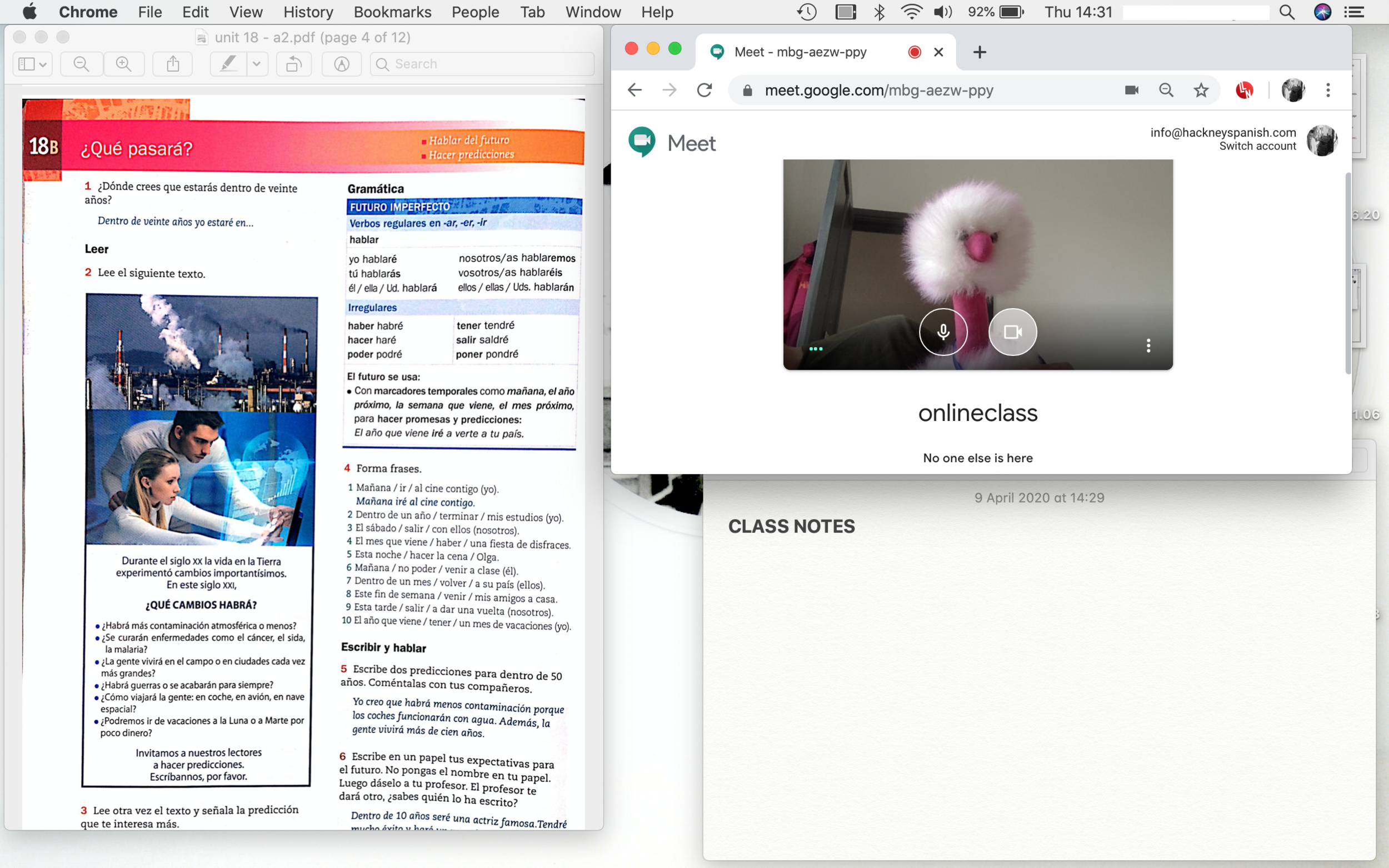Podcasts are a great way for Spanish language learners to improve their listening skills, expand their vocabulary, and learn about different cultures and topics. Whether you are a beginner or an advanced learner, there are plenty of free Spanish language podcasts that you can listen to on your own time. In this post, we will highlight some of the best free podcasts about different topics for students of Spanish of all levels.
Coffee Break Spanish is a popular podcast that offers lessons for learners of all levels, from beginners to advanced speakers. The podcast is hosted by a team of experienced Spanish teachers, who use a conversational approach to teach grammar and vocabulary in context. The lessons are broken down into manageable chunks, making it easy for learners to follow along and practice their speaking skills.
Radio Ambulante is a podcast that focuses on storytelling and narrative journalism from Latin America and the Spanish-speaking world. The podcast features a mix of interviews, personal narratives, and investigative journalism, covering a wide range of topics such as politics, culture, and social issues. The stories are presented in a way that is engaging and thought-provoking, making it an excellent resource for intermediate and advanced learners who want to improve their listening comprehension and learn more about different cultures.
Notes in Spanish is a podcast that is designed to help learners improve their Spanish listening skills through real-life conversations. The podcast features a Spanish couple, Ben and Marina, who discuss a variety of topics such as food, travel, and culture. The conversations are conducted entirely in Spanish, but the hosts speak at a pace that is easy to follow, making it an excellent resource for beginners and intermediate learners.
SpanishPod101 is a language-learning podcast that offers lessons for learners of all levels, from absolute beginners to advanced speakers. The podcast covers a wide range of topics, from grammar and vocabulary to cultural insights and travel tips. The lessons are presented in a fun and engaging way, making it an excellent resource for learners who want to improve their listening skills while also learning about different aspects of Spanish culture.
No Hay Tos is a podcast that is hosted by two Mexican friends, Carlos and Sofía, who discuss a variety of topics such as music, food, and travel. The podcast is conducted entirely in Spanish, but the hosts speak at a pace that is easy to follow, making it an excellent resource for intermediate and advanced learners who want to improve their listening comprehension and learn more about Mexican culture.
Leyendas Legendarias is a podcast that covers a variety of topics related to pop culture and current events. The podcast is hosted by four Mexican friends, who use humor and satire to discuss everything from movies and TV shows to politics and social issues. The conversations are conducted entirely in Spanish, making it an excellent resource for intermediate and advanced learners who want to improve their listening comprehension while also staying up-to-date on current events.
The Duolingo Spanish Podcast is a storytelling podcast that is designed to help learners improve their listening skills while also learning about different cultures and traditions. The podcast features real-life stories from Latin America and the Spanish-speaking world, told in a way that is engaging and thought-provoking. The stories are presented in both Spanish and English, making it an excellent resource for beginners and intermediate learners who want to improve their listening comprehension while also building their vocabulary.


